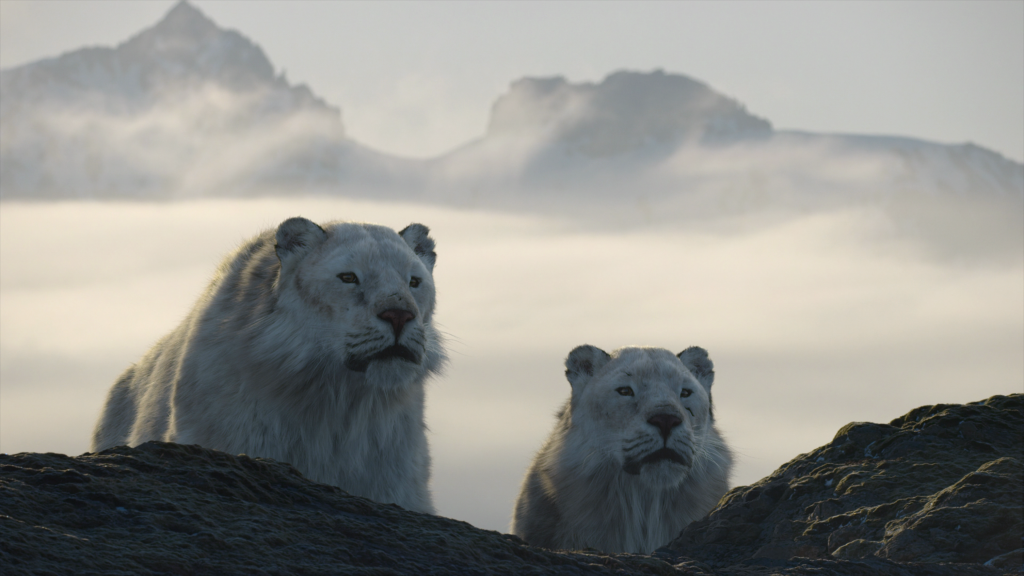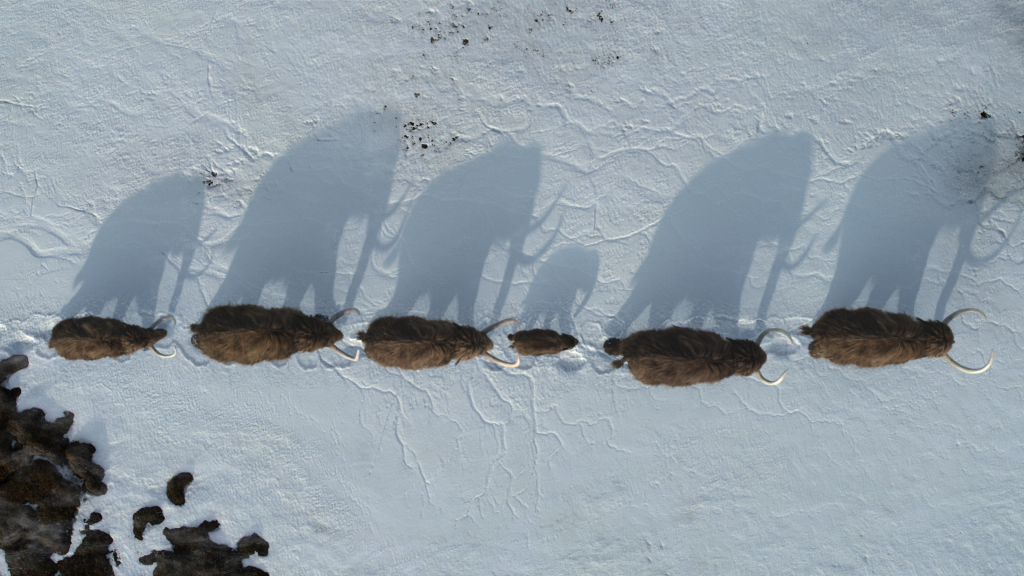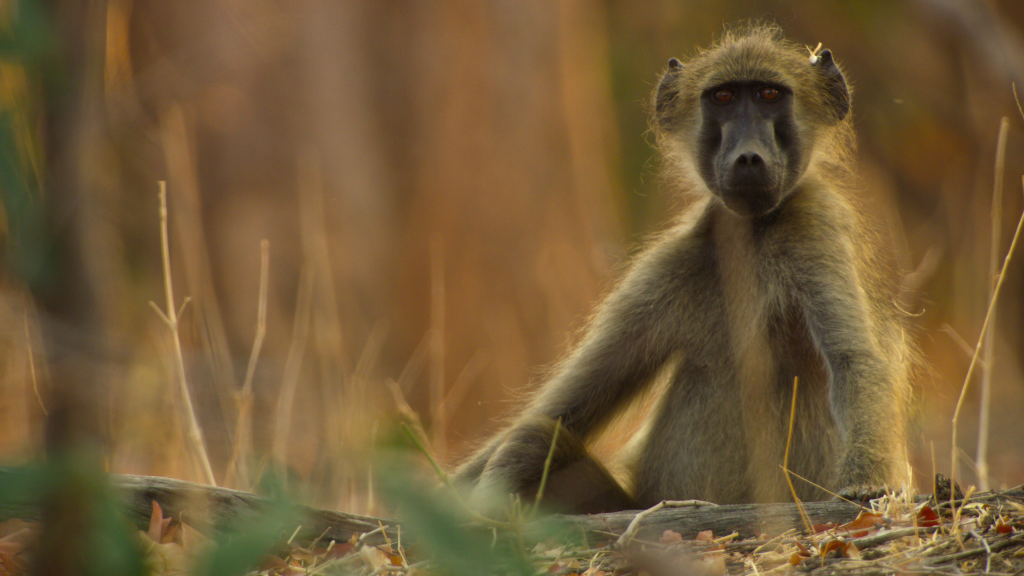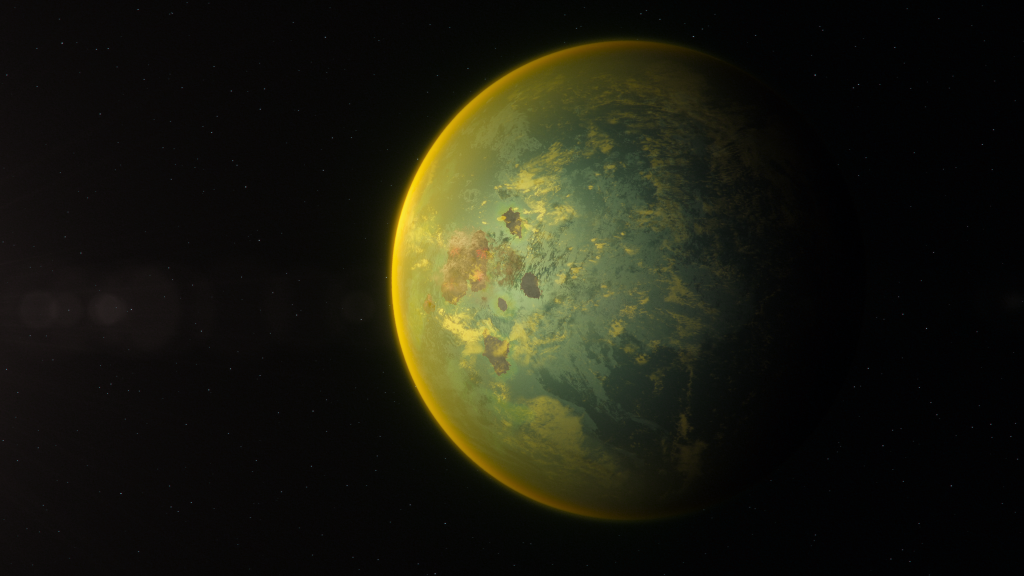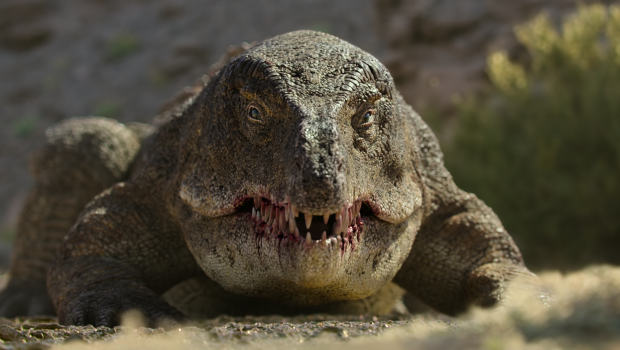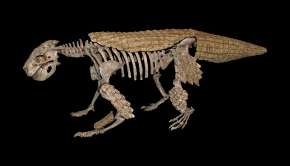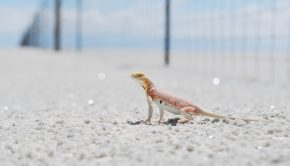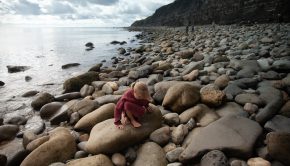Life On Our Planet
Life On Our Planet (LOOP) is a new 8-part series created for Netflix by Silverback Films and Amblin Television. This Steven Spielberg produced series, narrated by Morgan Freeman, is hugely ambitious in its scope, telling the story of life throughout the whole Phanerozoic Eon. Ancient organisms and environments are painstakingly recreated by the supremely talented Industrial Light and Magic, whilst modern natural history scenes add vital context to the story.
This show has been worked on for six years, during which time countless papers were read and around 150 different palaeontologists contributed their time and knowledge. The whole production had culture of letting the scientific research dictate scenes, resulting in one of the most accurate on-screen representations of prehistoric life there has ever been.
And how do we know all this? Well, our very own team members Tom Fletcher and Dave Marshall have been embedded within the LOOP team since day one! We are therefore in a totally unique position to reveal to you the work that went into this series, from both the production and research side of things.
In this series, we’ve been granted exclusive access to many of the people responsible for creating LOOP, we explore what it takes to create a palaeontological documentary and we delve deeper into the science with some of the show’s academic advisors.
All images courtesy and copyright of Netflix.
Episode 1: The Rules of Life
“Evolution. Competition. Mass extinction. Three fundamental rules have driven the rise and fall of life on Earth for over four billion years.”
In LOOP 1.1, we introduce ourselves and explain our roles in the documentary. We look forward to the release of the series and discuss the scope of episode 1 and some of the ‘rules of life’.
In LOOP 1.2 we are joined by showrunner Dan Tapster. He’s the one responsible for pulling everything together, designing the story and creating the best production team. We learn about how LOOP first got started, why both CGI and modern footage was used, and how to cram billions of years of evolution into just 8 episodes.
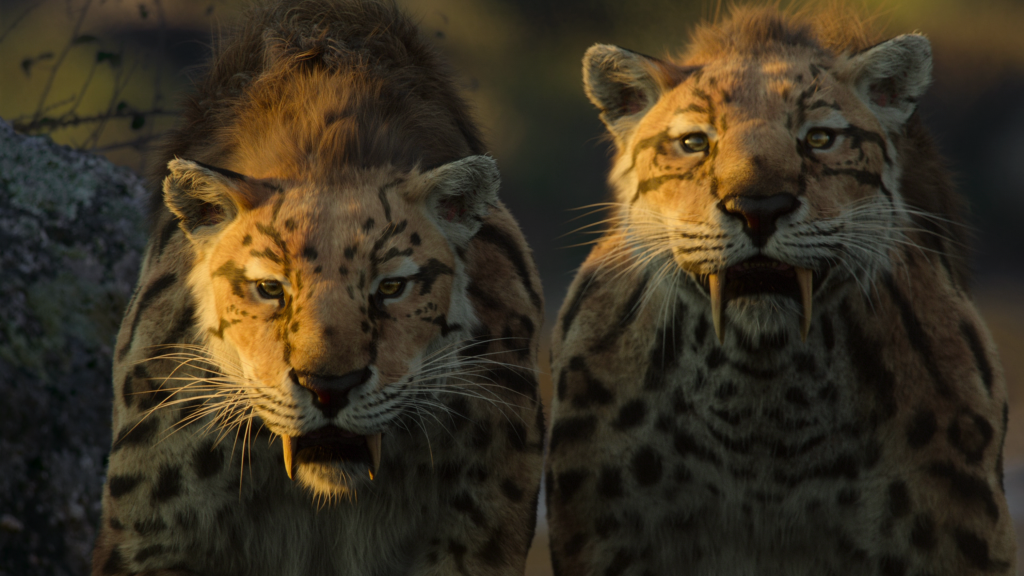
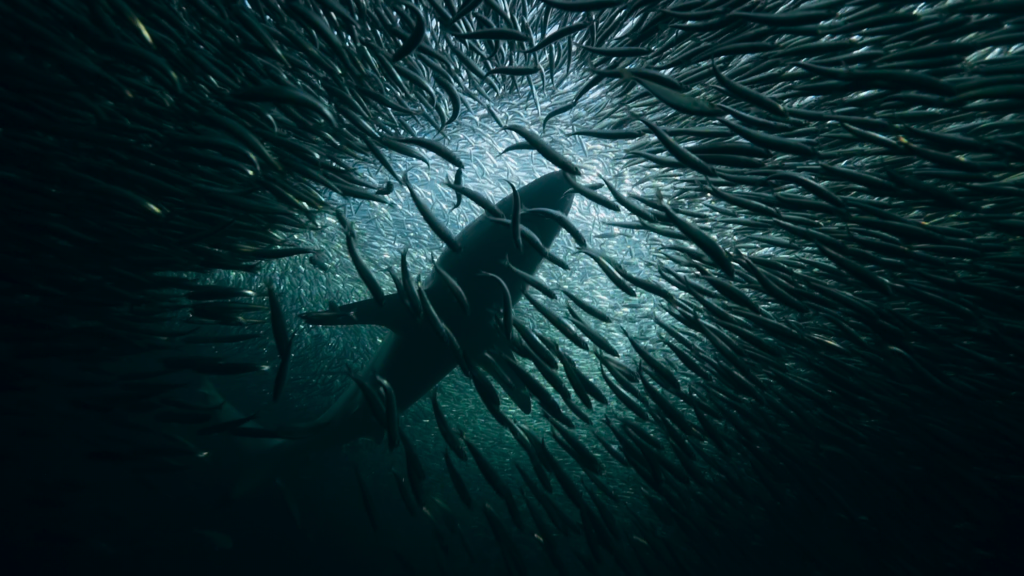
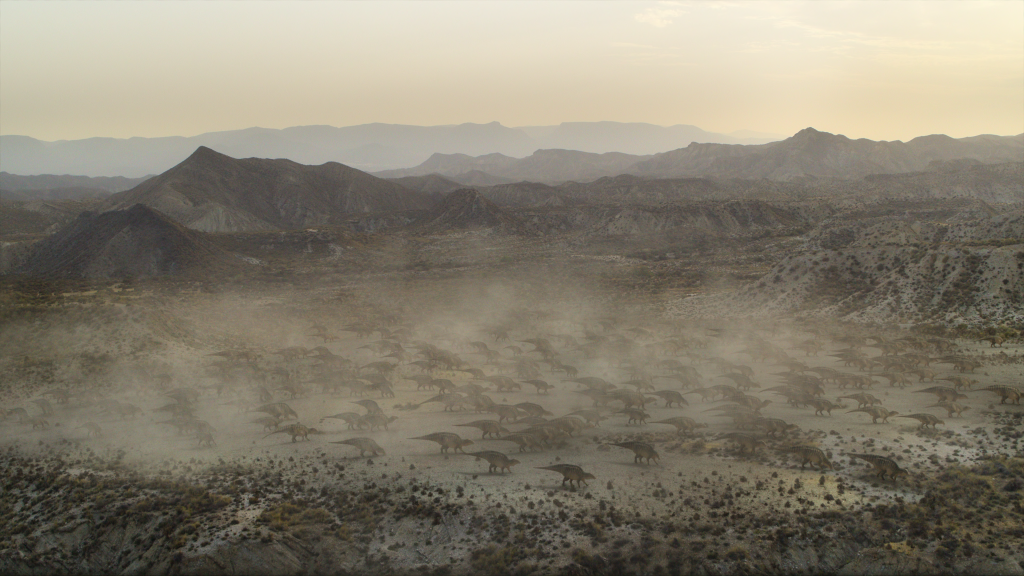
Episode 2: The First Frontier
“For billions of years, land on Earth was uninhabitable. But in the seas, predation allowed species to thrive before — and after — two mass extinctions.”
LOOP 2.1: We introduce episode two of Life On Our Planet and discuss our roles in its creation. We’re down deep in the geological time with all the “crunchy and squishy” organisms. We talk about our favourite scenes, jellyfish reproduction and the proper pronunciation of cephalopod.
LOOP 2.2: Prof. Christian Klug, University of Zurich, is our first academic guest. He introduces us to the Cambrian explosion, the Great Ordovician Biodiversification Event and the Late Ordovician Mass Exctinction. Christian is an expert on cephalopods and he tells us more about their biology and his thoughts on the vertical orientation of Cameroceras in this series. Also, Dave flawlessly utilises his world-famous Hurdia joke.
LOOP 2.3: Hydrodynamicist Dr Tom Fletcher, Silverback Films, returns to explore the science behind Dunkleosteus. How much of the fossil is known? How does the model compare to the latest reconstruction of the animal? How much of the design is dictated by hydrodynamics? and is Dave ironically cool?
LOOP 2.4: Silverback researcher Edd Dyer joins us to introduce us to his part in the creation of the series. The title ‘researcher’ really doesn’t do justice to the scope of his role which includes far more than just looking up facts. We talk about his route into the industry and the necessary skills for the job.
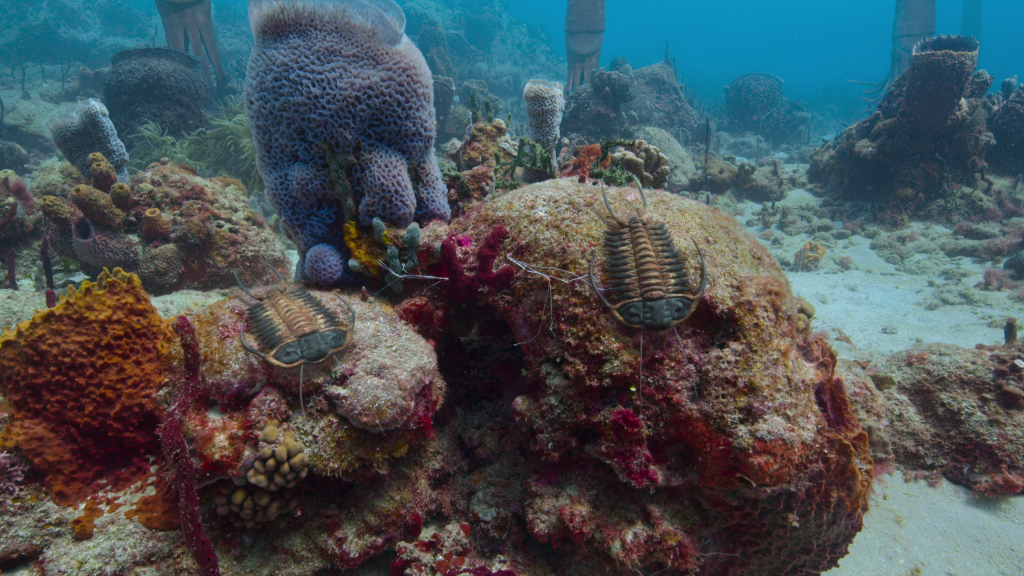
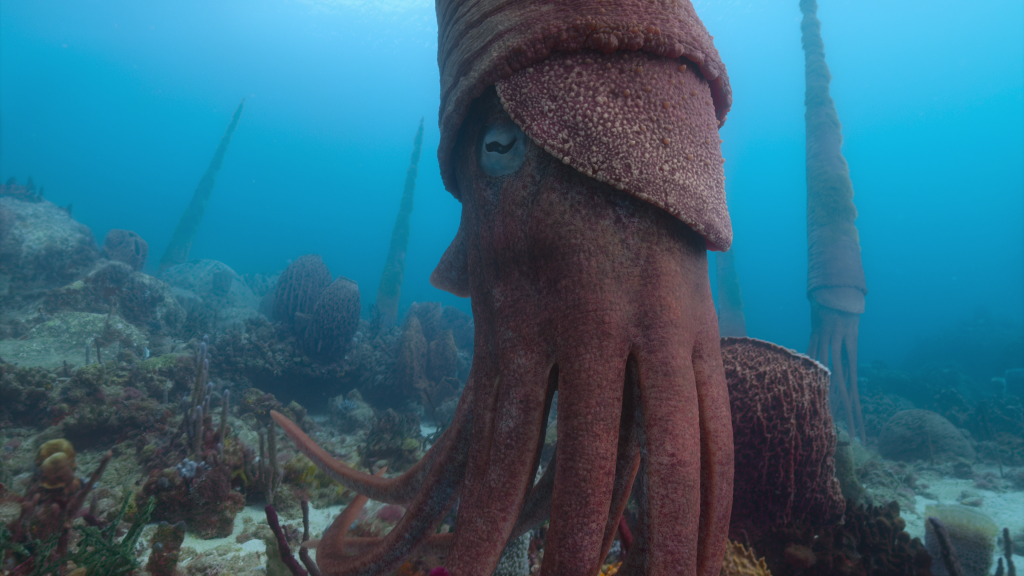
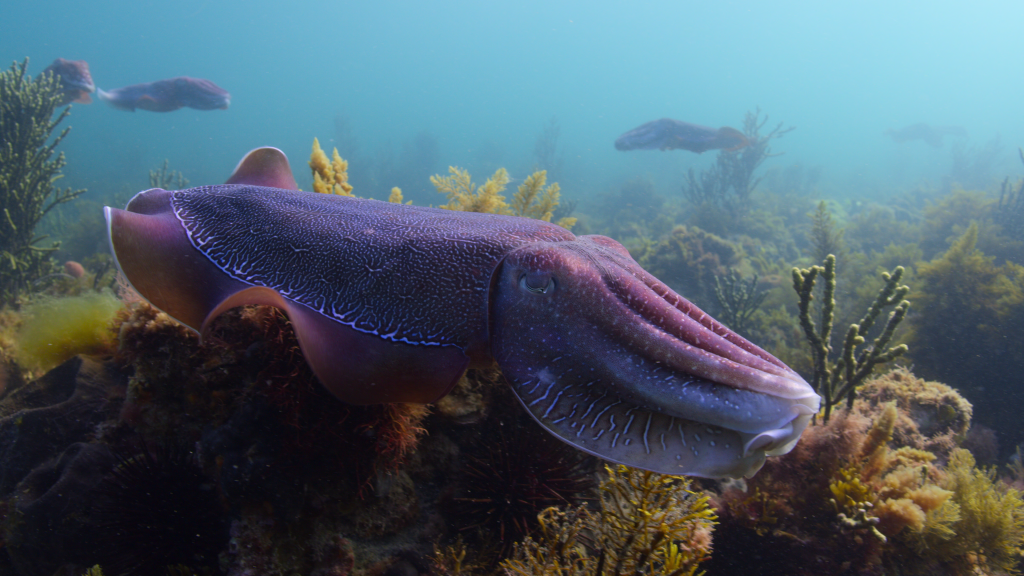
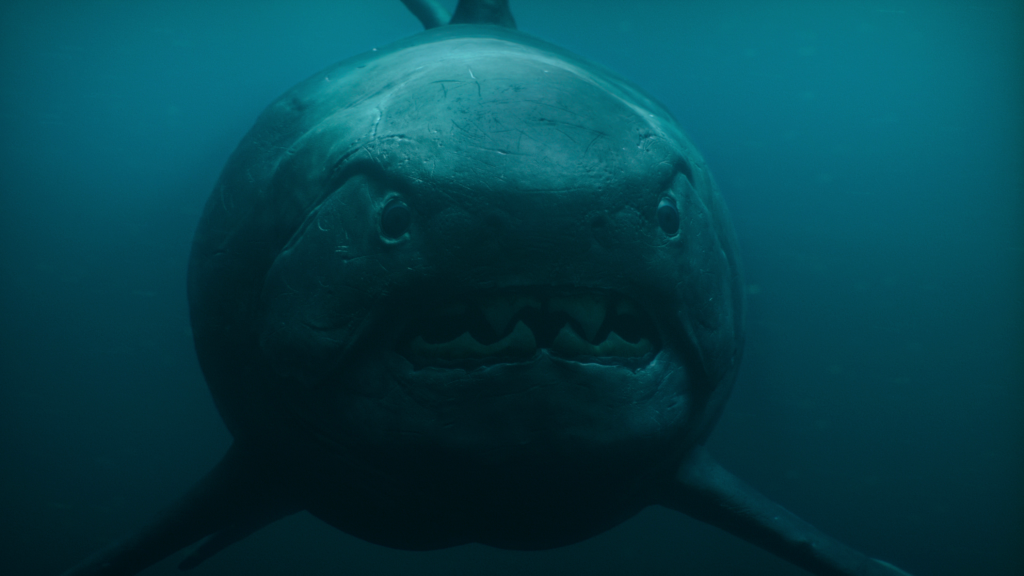
Episode 3: Invader of the Land
“Sprawling moss, towering trees, flying insects, limbed amphibians: Early species vied for domination as the land went from hostile to hospitable.”
LOOP 3.1: We introduce episode three of Life On Our Planet and discuss one of the most significant stories in the series. We’re in agreement that lichens are the unsung heroes of the whole series and that Arthropleura is the crunchiest animal to ever exist. We talk about the ‘fishapod’ Strepsodus and its locomotion.
LOOP 3.2: Producer Sophie Lanfear gives us our first insights into how documentaries are shaped. She tells us about the enormous scope of episode three and the difficulty of trying to fit in so many significant events. We analyse her use of emotion throughout the episode and she explains why she opted to use comedy. Finally, we look at the problem of anthropomorphism in documentaries.
LOOP 3.3: Prof. Mike Benton, University of Bristol, gives us an overview of the major events in tetrapod evolution. He reveals some of the surprising traits that lobe-finned fishes ‘pre-possessed’ that were re-purposed for use on land. But were the biggest hurdles to terrestrialisation oxygen, moisture or gravity? We follow through the evolution of tetrapods into their many groups before the ‘Great Dying’ almost ends it for all of them.
LOOP 3.4: With researcher Ida-May Jones, we explore the Venn diagram of academic and documentary research. She introduces us to the strawberry dart frogs and the extraordinary lengths that mothers will go to to care for their young. With such high-tech equipment to record behaviours, it’s unsurprising that something new might be encountered!
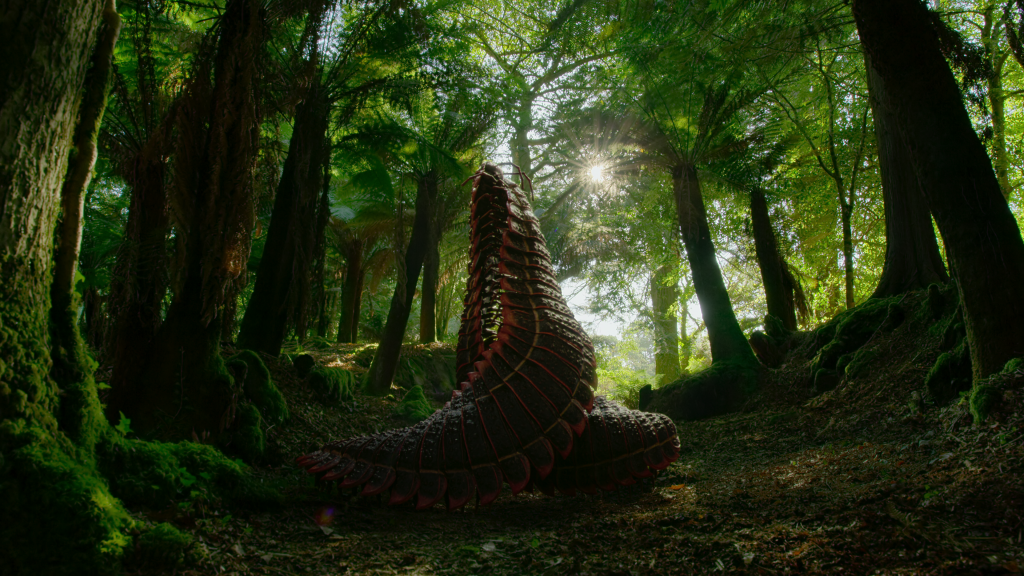
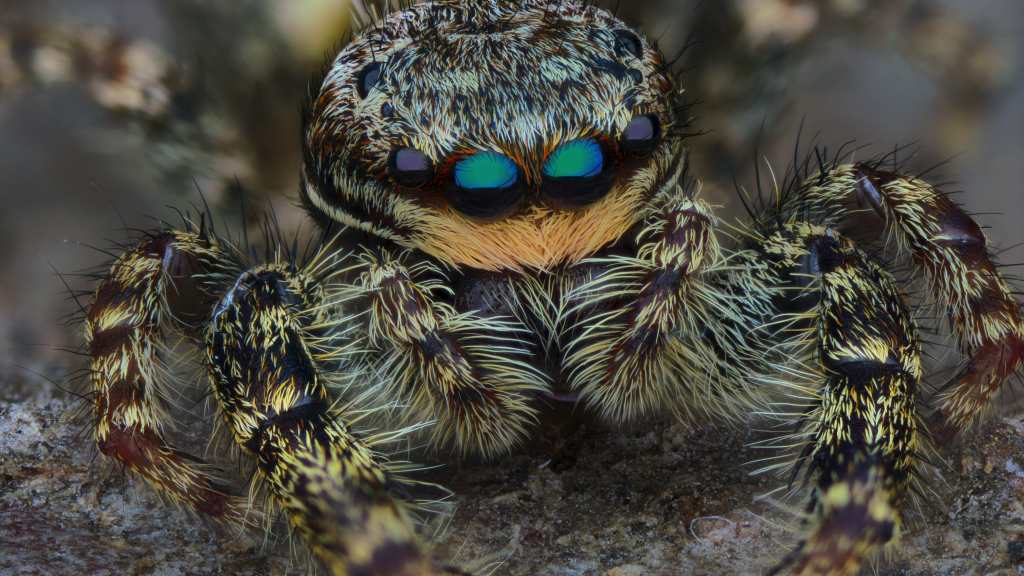
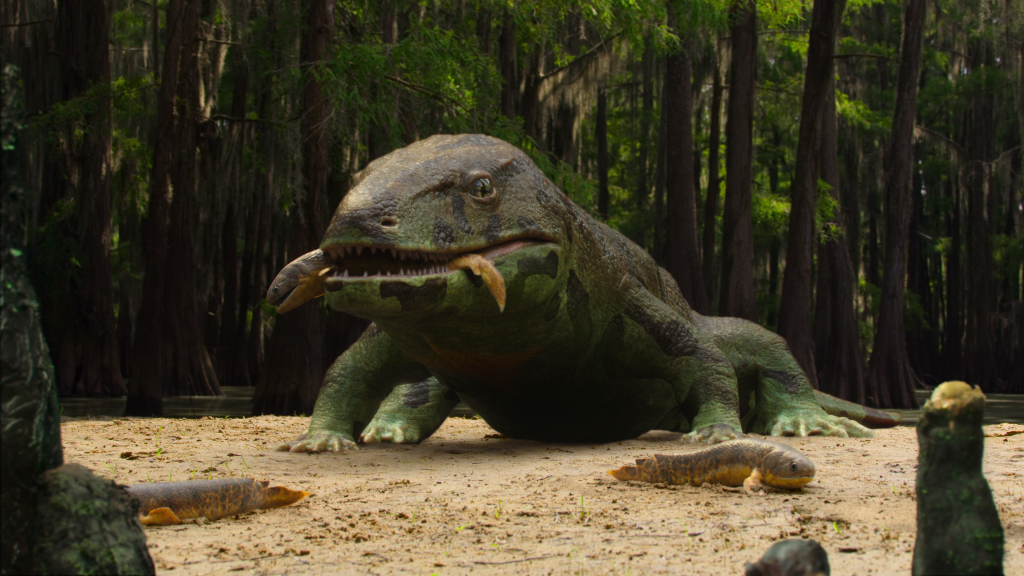
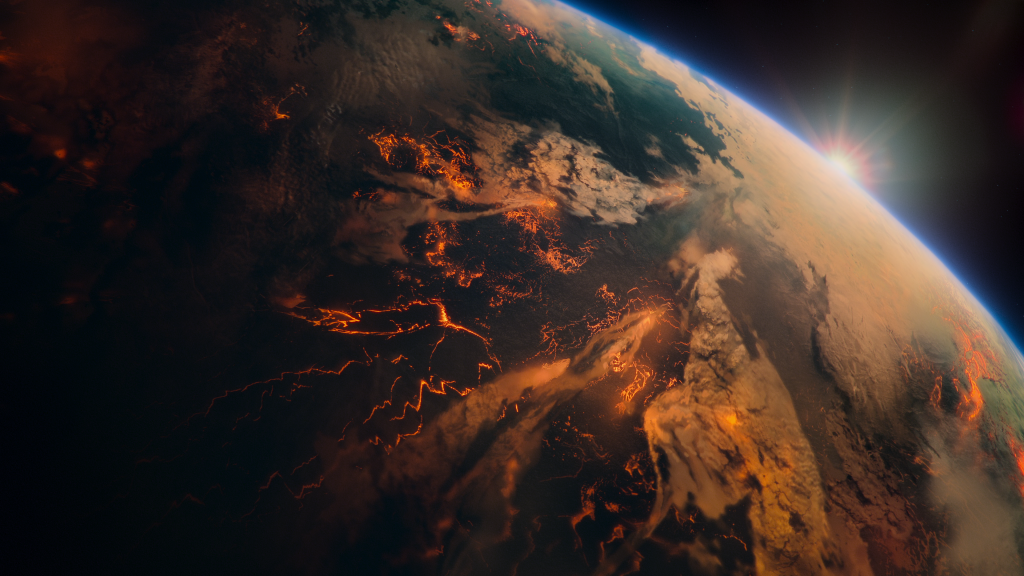
Episode 4: In Cold Blood
“After Earth’s third mass extinction, mammals’ surviving ancestors ruled the supercontinent Pangea. But lizards soon ushered in the age of reptiles.”
LOOP 4.1: Against the odds, we’ve all made it through the PTME. It’s now time to focus on episode 4, with the reptiles and their adaptation to different environments. We touch upon biomechanics and crank up the VFX dial to 11.
LOOP 4.2: We get down to details with Producer Barny Revill and analyse some of the different elements of episode 4: What were the challenges of working in such inhospitable environments? How do you recreate a flood of biblical proportions? How did you guide Industrial Light and Magic in the creation of their CGI models?
LOOP 3.3: Prof. Peter Falkingham, Liverpool John Moores University, was the consultant biomechanist for the series. He introduces us to the importance of biomechanics in CGI, but more widely in determining the physical capabilities of different animals. You need to have a full understanding of the anatomy of the animal, yes, but also the context on the media through which it is moving.
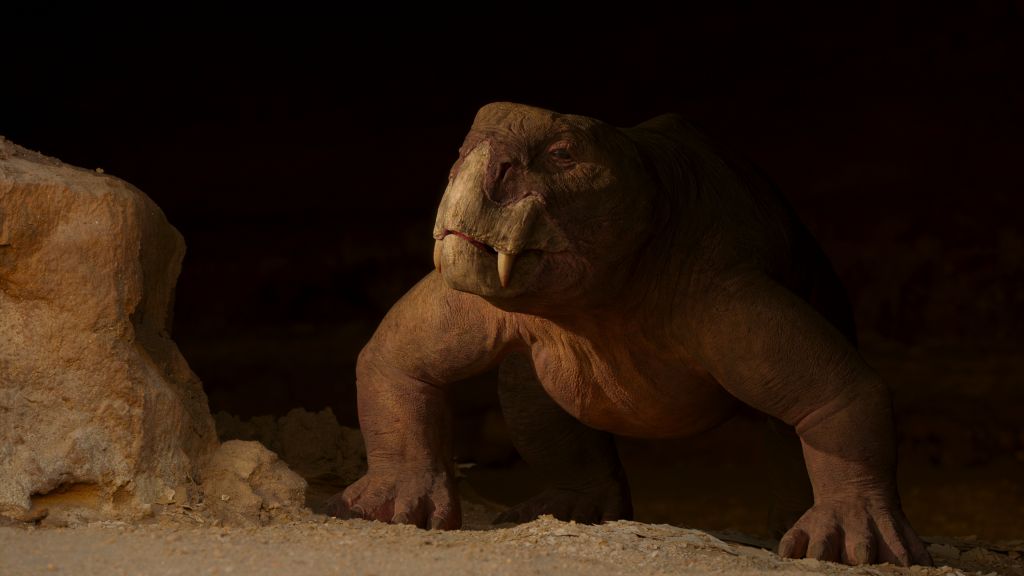
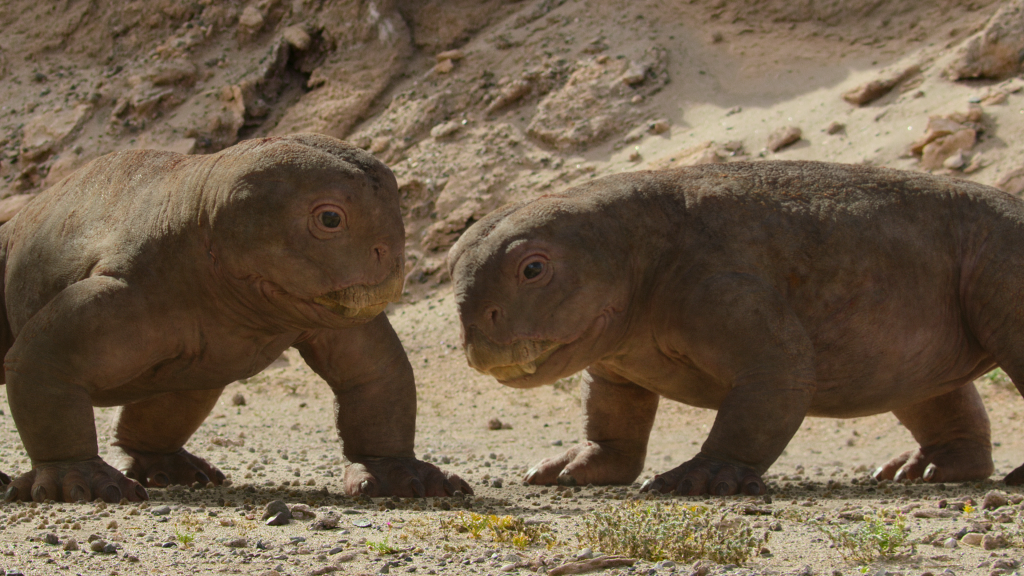
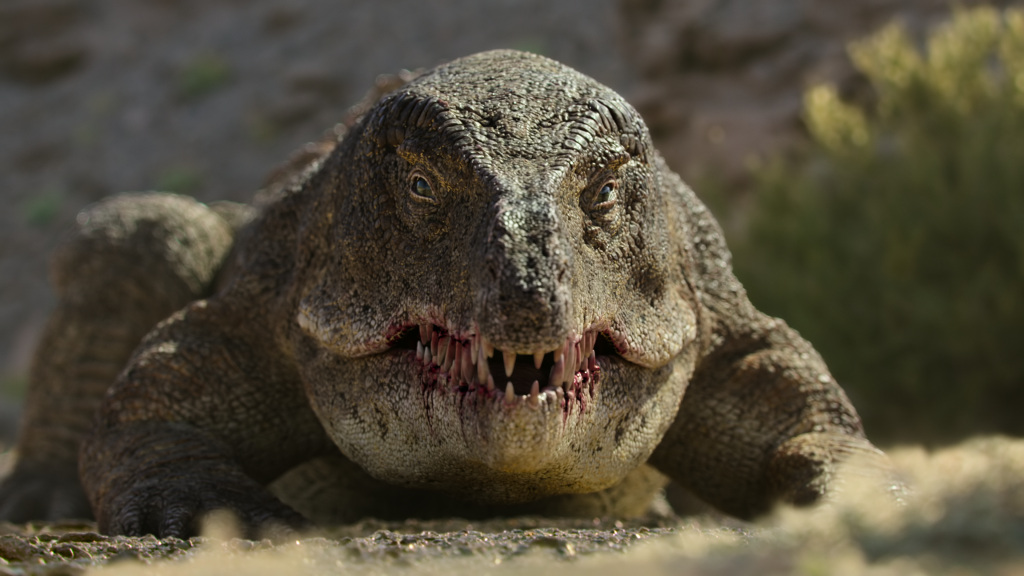
Episode 5: In the Shadow of Giants
“The formation of continents with varied environments allowed for an explosion of biodiversity — and turbo-charged the evolution of mighty dinosaurs.”
LOOP 5.1: It’s episode 5 and Dave and Tom are pronouncing dinosaur names all wrong. Does any actually pronounce it “Deinonychus”? Dave reveals why Netflix chose Morgan Freeman as narrator over himself, Tom talks about the complexity of producing CGI feathers and we address T. rex controversies. Finally, we’re served up a confusing ‘dinosaur sandwich’ metaphor.
LOOP 5.2: Producer Barny Revill returns to talk about his second episode. With the public spotlight firmly fixated on the dinosaurs, how much effort had to go into their GCI models and does the reputation of the series depend on getting them right? In light of this, how much room is there for telling the stories of other groups of organisms?
LOOP 5.3: We’re exploring feather evolution with Dr Anjan Bhullar, University of Yale. We trace feathers up the theropod family tree and question whether or not they would be present in ALL dinosaurs. Anjan does NOT sit on the fence with this question or any other. Were dinosaurs brightly coloured? How intelligent were they? Do not miss some of these mind-blowing insights!
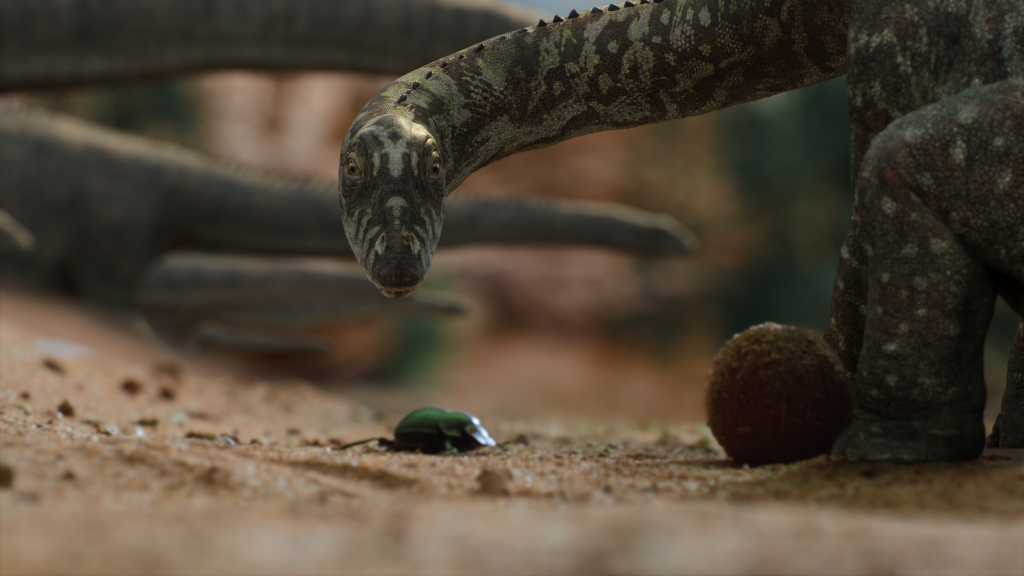
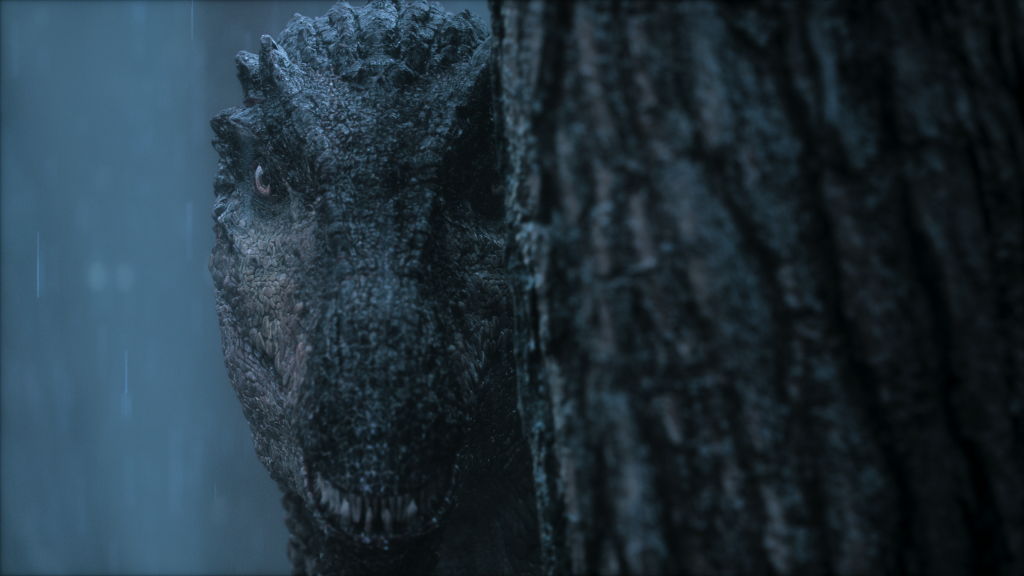
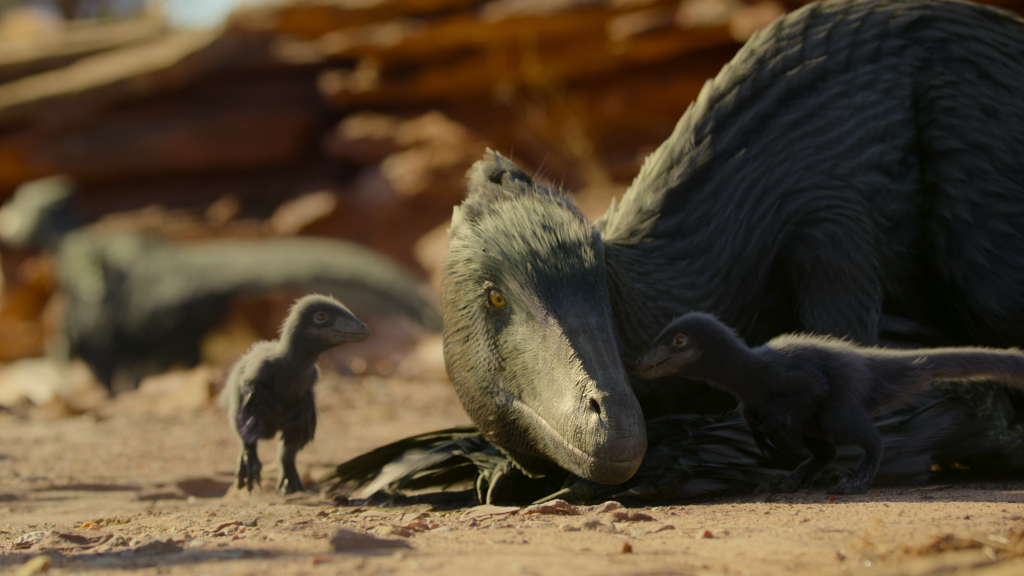
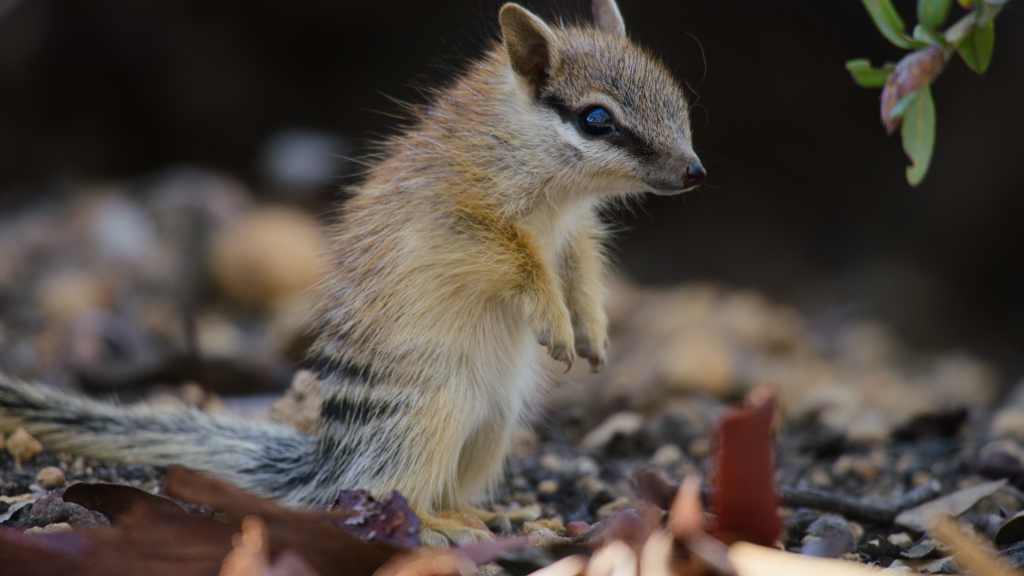
Episode 6: Out of the Ashes
“The dinosaurs met their end with a cataclysmic asteroid impact. Rising from the ashes, birds reinvented themselves into a dynasty 10,000 species strong.”
LOOP 6.1: Dave and Tom introduce us to episode 6 of Life On Our Planet and the pair touch upon the Chicxulub impact and the radiation of birds into the Cenozoic. Dave curtails the introduction with one of his worst puns yet.
LOOP 6.2: Dr Anjan Bhullar, Yale University, returns to speak further about dinosaurs. He’s pressed on where he’d draw the line between dinosaur and bird, or whether there should even be a distinction between them at all. At what point does flight evolve and was it ‘ground up’ or ‘tree down’? We find out that none of these questions are simple.
LOOP 6.3: Documentary research takes you down a lot of unexpected avenues. If you’re recreating something like the Chicxulub impact and the K-Pg mass extinction, then you need to be able to provide answers for things you didn’t even know were questions. What colour was the asteroid? How brisght was the flash? How long does it take to cook a Triceratops to death? Silverback Films researcher Edd Dyer returns to discuss the difficulties of finding such information.
LOOP 6.4: Prof. Anjan Bhullar continues his overview of avian evolution with a look at how the birds fared after the K-Pg mass extinction. What was it that allowed birds to survive when the non-avian dinosaurs died out? Why didn’t they just become dinosaurs again? What have birds been able to achieve in the time since and how important are they to modern ecosystems. Not an episode to be missed (unless you’re Prof. Dan Field).
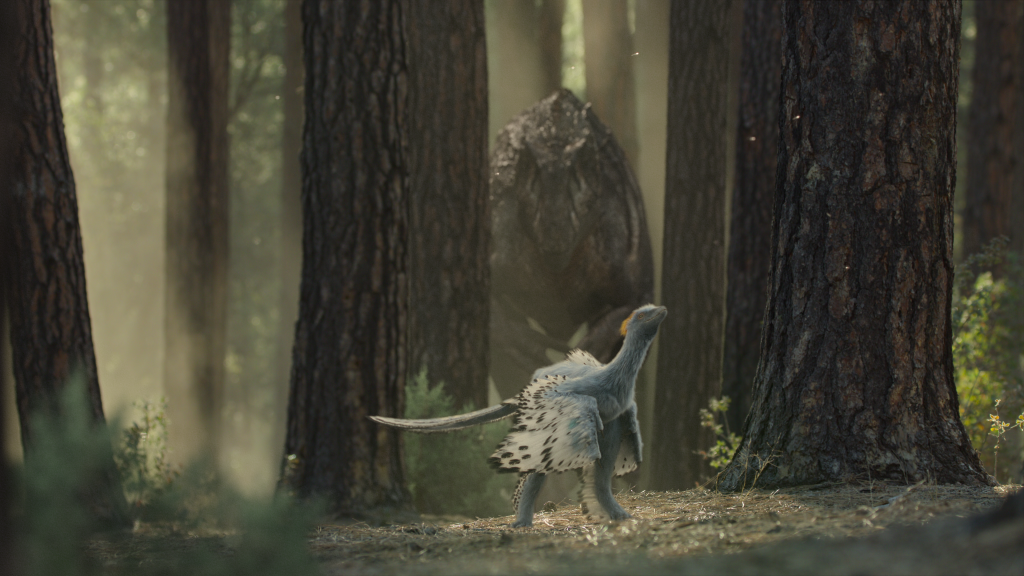
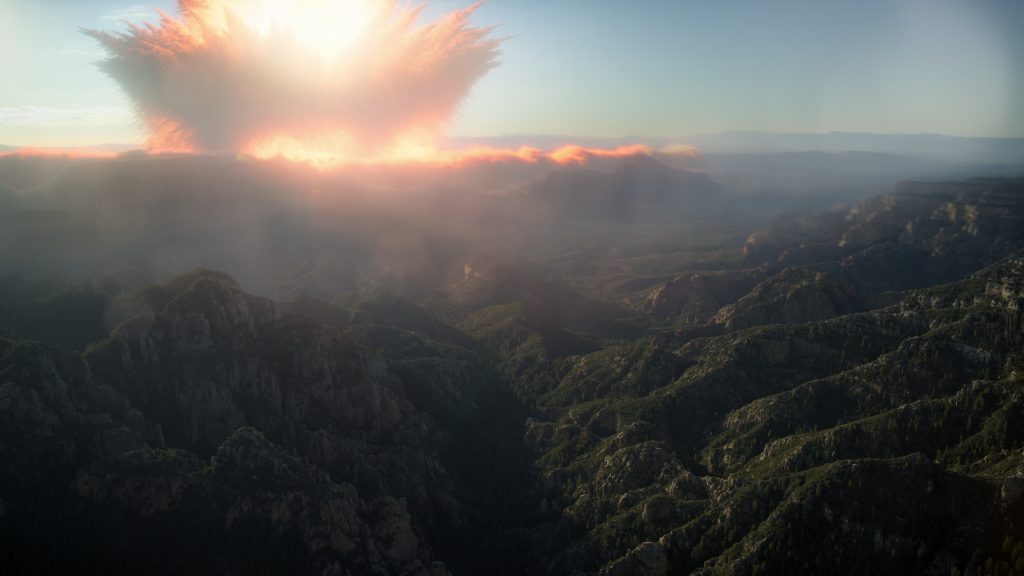
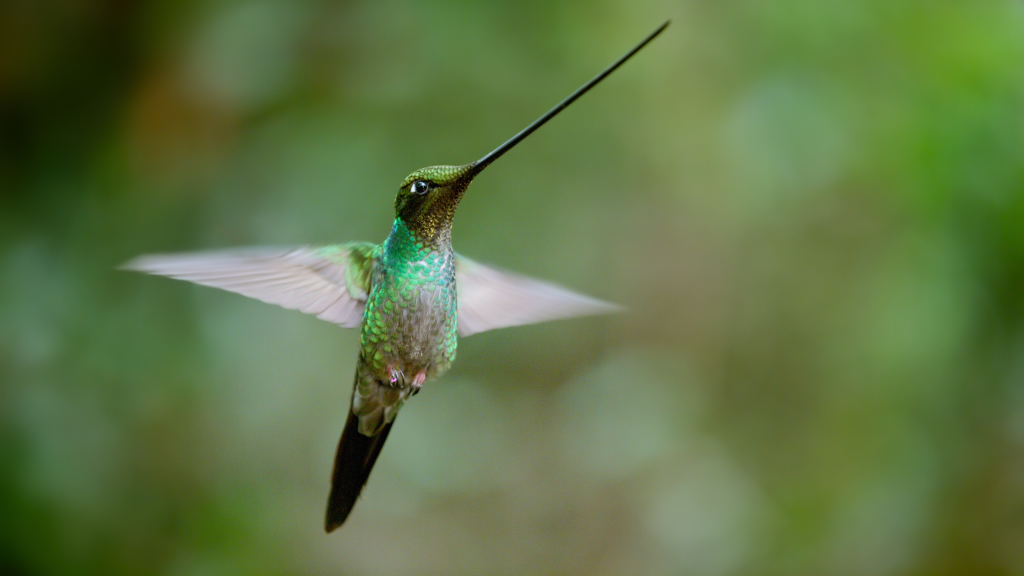
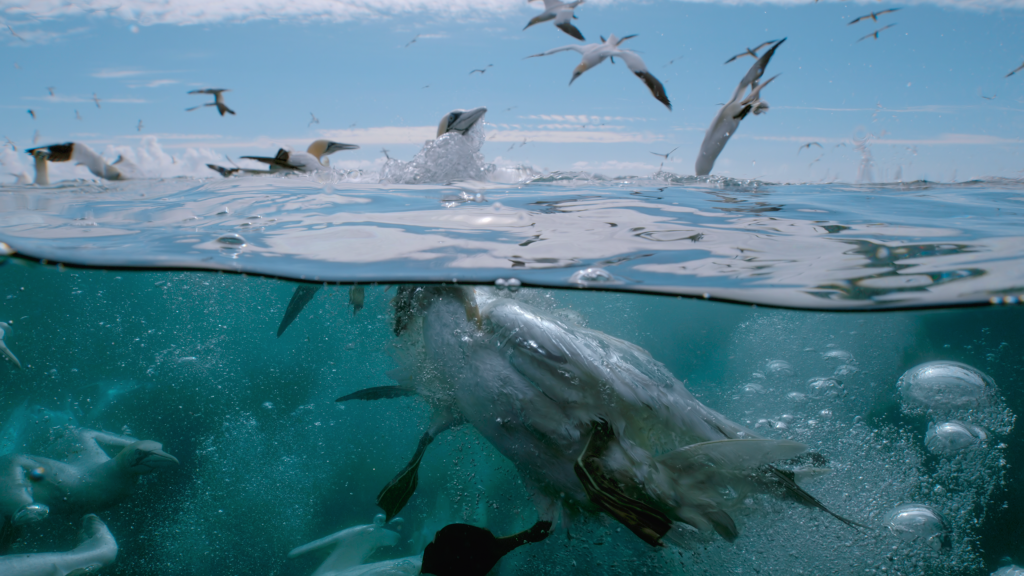
Episode 7: Inheriting the Earth
“Emerging from the dinosaurs’ shadows, mammals went from underdogs to global power, with game-changing adaptations that would conquer land, air and sea.”
LOOP 7.1: In the introduction to episode 7, Dave and Tom just about keep it together whilst reflecting on the most emotional scene of the show. We also celebrate the inclusion of the Antarctic Circumpolar Current in the series, before giving it a little rebranding to make the science even more approachable.
LOOP 7.2: Prof. Christine Janis, University of Bristol, outlines mammalian evolution and focusses on the global events that governs their radiation. We look at why mammals survived the K-Pg mass extinction and how the archaic mammals radiated immediately after. We end by looking at how mammals, similar to what we learned about birds, are relatively insignificant to today’s ecosystems.
LOOP 7.3: We’re taken into the field to film snow leopards by episode 7’s Assistant Producer, Darren Williams. He reveals how difficult it is to get just a few minutes of video, both logistically and practically. We get to know the ‘old male’ snow leopard, trace his movements, and learn of his importance to the community. Darren then speaks about the emotional conflict of capturing his final moments on film.
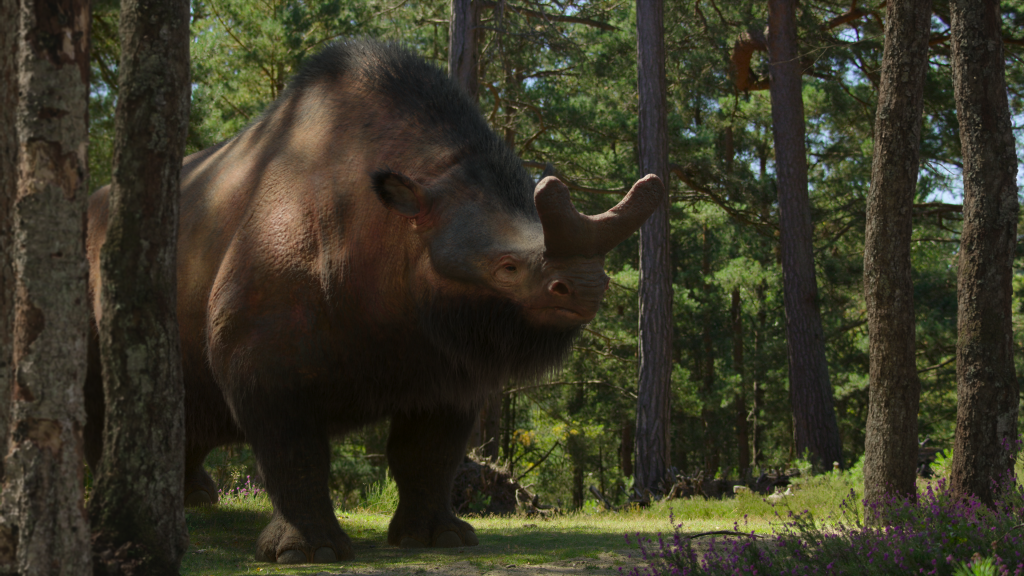
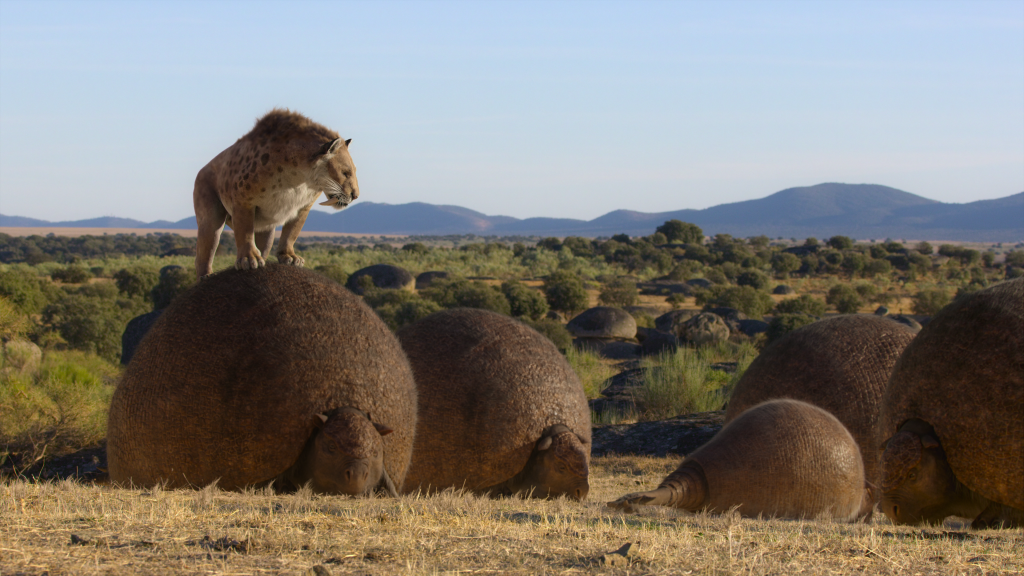
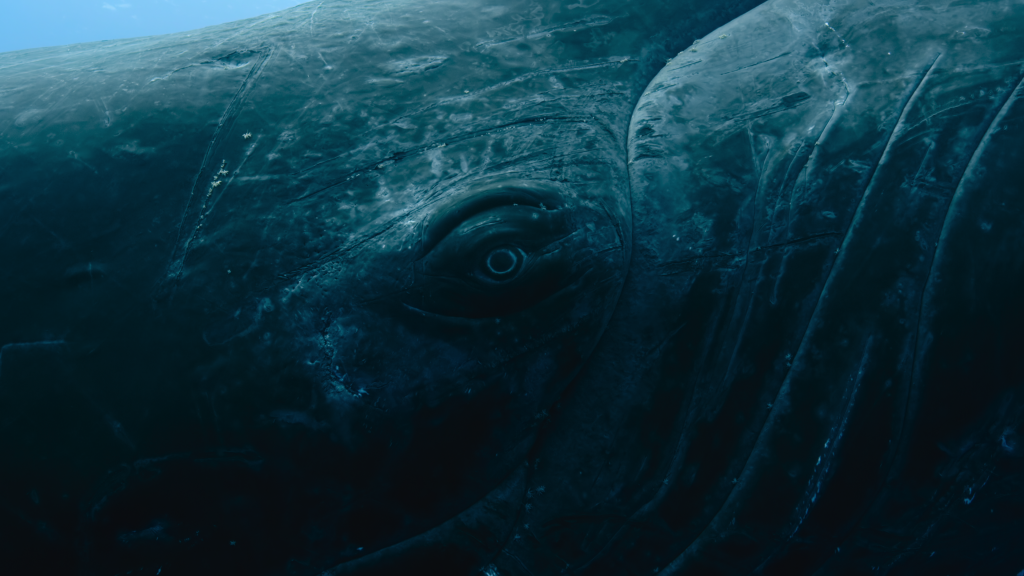
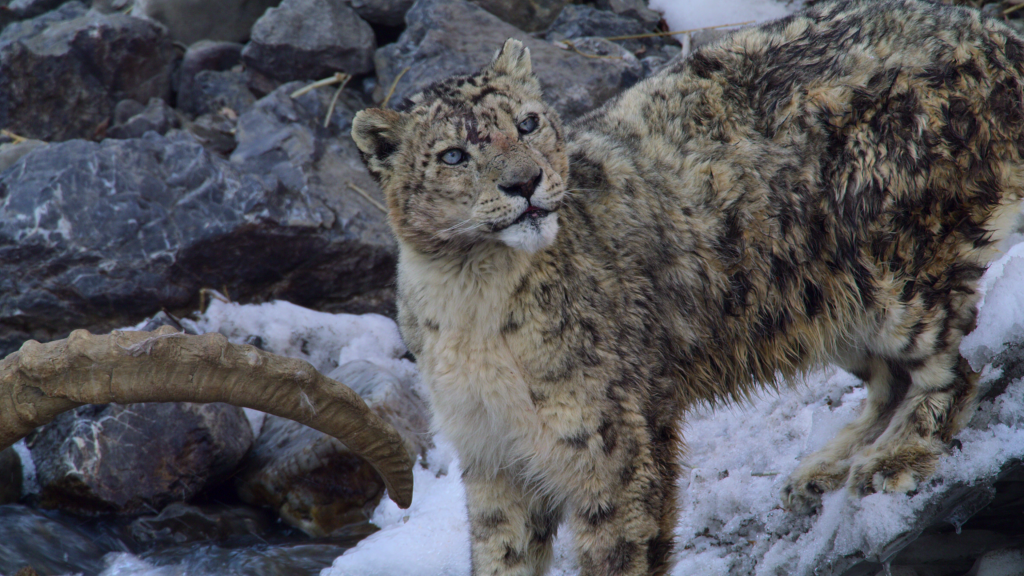
Episode 8: Age of Ice and Fire
“As the Ice Age thawed, humans rose above the rest. But the possibility of a sixth mass extinction now looms: Has our ingenuity caused our downfall?”
LOOP 8.1: Dave and Tom introduce episode 8 and round of this special series on Life On Our Planet. We talk about our favourite scenes and reflect on our time working on the documentary and how our perspectives of documentary making has changed. We’d love your feedback on this podcast series.
LOOP 8.2: Prof. Danielle Schreve, Royal Holloway University of London, joins us to cover the last 2 million years of Earth’s history. We explore the periodicity of glacials and interglacials and the control Earth’s orbit around the sun has on climate. She then places the Holocene’s megafaunal extinctions and major palaeobiogeograpical events within this climatic context. We finally look at the impact of human radiation on the world and the lessons we can learn from this time.
LOOP 8.3: Episode 8’s producer, Sophie Lanfear, joins us again to describe how difficult it was to wrap the series up, having to balance telling the story of the last ice age with conveying the message of the series. We speak about climate change and the 6th mass extinction and try to find any positives. Ultimately, if documentaries keep having to make this point, is the message really getting through?
LOOP 8.4: LOOP Showrunner Dan Tapster returns to give a retrospective on the series and its production. We look at went well and address criticisms; is it possible to keep everyone happy? We finish this series by discussing the show’s take-home messages and Dan’s hopes for Life On Our Planet’s legacy.
